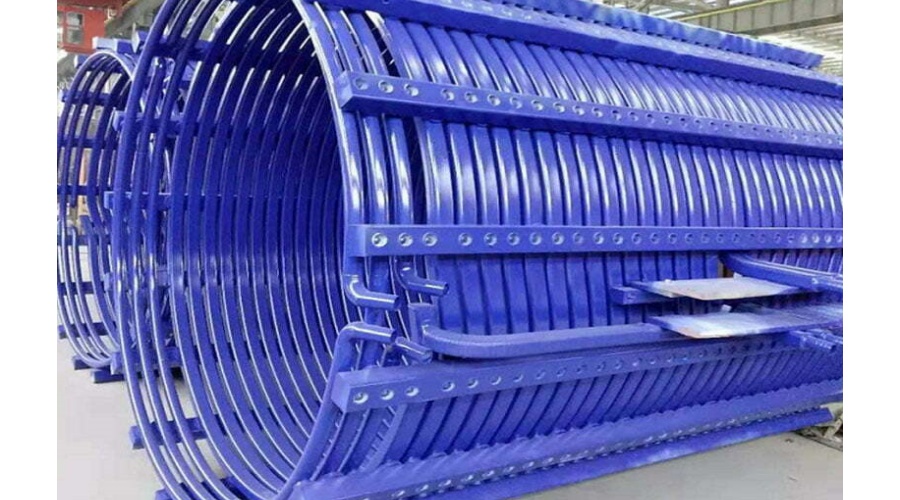The coil of an induction furnace is an important component and one of its core technologies. Induction furnaces achieve heating through the principle of electromagnetic induction, and coils are the key components that generate electromagnetic fields.
The induction furnace coils are mainly made of copper tubes, with cooling water inside to maintain the temperature stability of the coils. The shape and structure of the coil depend on specific heating needs, commonly including circular rings, spiral shapes, etc. By generating high-frequency current through electrification, the current inside the coil generates strong magnetic lines under the action of alternating electromagnetic fields, thereby heating the workpiece in the induction furnace.
The design and manufacturing of induction furnace coils need to consider multiple factors. Firstly, the size and shape of the coil depend on the size and shape of the heated workpiece. The size of the coil is too large, which can cause electromagnetic field dispersion and affect the heating effect; If the size is too small, it may cause the electromagnetic field to be not strong enough to achieve the expected heating effect. Next is the conductivity of the coil. Copper is a commonly used conductive material with high conductivity, which can reduce energy loss. Once again, it is the cooling system of the coil, and the flow rate and temperature of the cooling water have a significant impact on the lifespan and stability of the coil.
The manufacturing process of induction furnace coils requires high precision and professional knowledge. Firstly, it is necessary to design the coil according to the requirements of heating the workpiece, including the shape, size, and number of turns of the coil. Then, according to the design drawings, make a mold for the coil, and the accuracy of the mold directly affects the quality and performance of the coil. Next, use wires to wind the coil according to the design requirements, ensuring the number of turns, winding density, and insulation performance of the coil during winding. Finally, install and test the cooling system of the coil to ensure that it can function properly.
Induction furnace coils have a wide range of applications in the field of industrial heating. Whether it is metal heating, melting, or heat treatment, induction furnaces can provide efficient and uniform heating effects. The optimization design and manufacturing of induction furnace coils can improve heating efficiency and uniformity, reduce energy consumption and production costs. Meanwhile, the use of induction furnaces can also reduce environmental pollution and energy waste, which has important environmental significance.
In short, as a key component of an induction furnace, the coil of the induction furnace bears the important task of generating electromagnetic fields and heating workpieces. Its design and manufacturing require professional knowledge and precise processes, which can improve heating efficiency, reduce energy consumption, and contribute to the development of the industrial heating field. The application of induction furnace coils will further promote the development of industrial manufacturing, bringing more convenience and benefits to people's lives and production.

